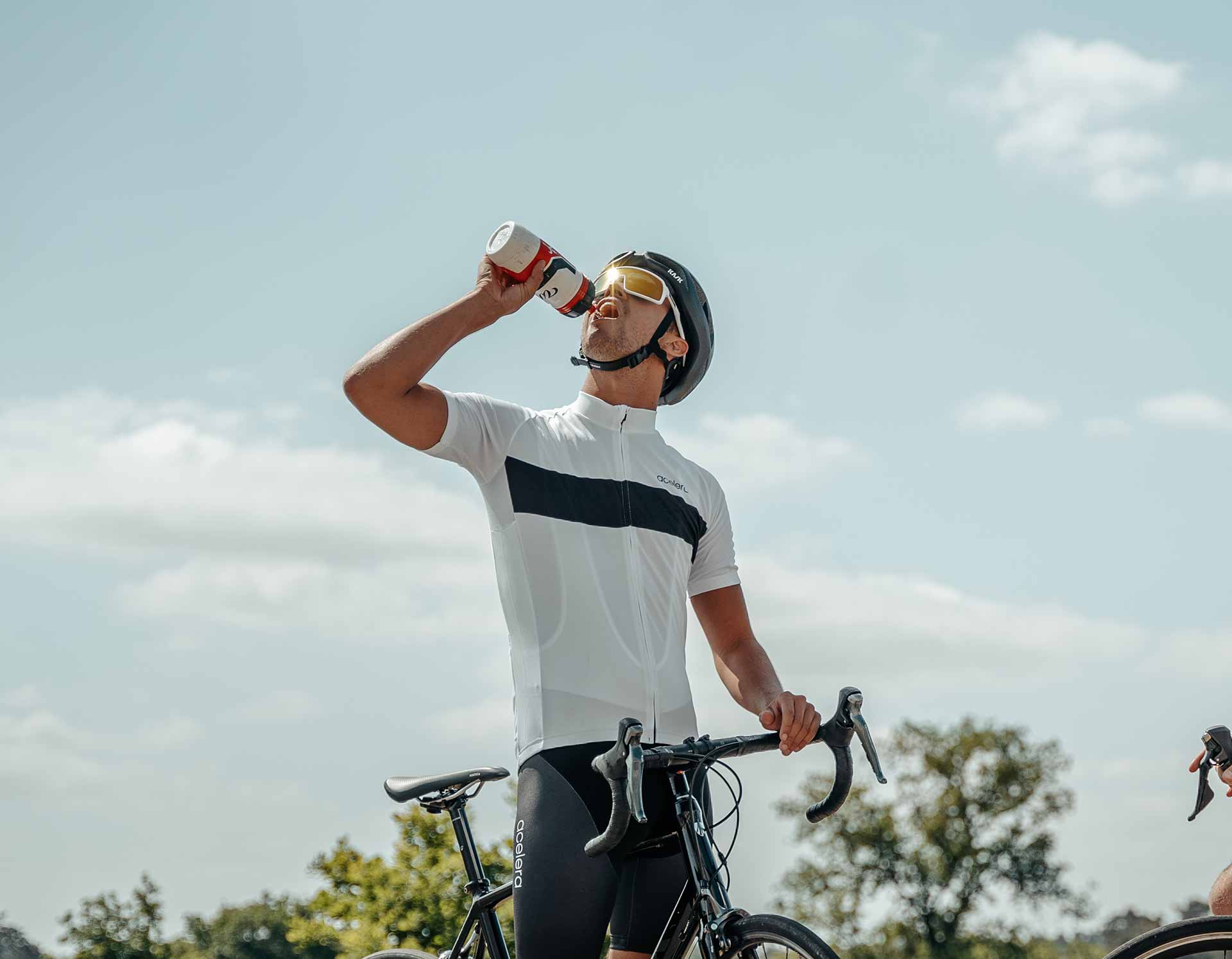
Cycling in warm weather: six tips to keep a cool head
A period of warm weather doesn't have to stop you from enjoying your bike ride! Provided you take some precautions to prevent overheating and dehydration. Let's not beat around the bush: it's hot. The heat wave may not last much longer, which is good news if you love the sun, but not ideal for your cycling life if you struggle to cycle in the heat. And it won't be the last warm days this year! Cycling in the heat may be much more appealing than on a bleak winter day, but it also has its own set of challenges to overcome as your body copes with the high temperatures.
We've put together six simple tips to help you avoid some common pitfalls when driving in hot weather.
1. Hydrate
One of the biggest obstacles to cycling in hot weather is proper hydration. You will sweat more as your body tries to cool itself naturally, but that sweat evaporates quickly, making it difficult for you to measure exactly how much fluid you are losing. Make sure you have enough drinks with you, or know where you can refill along the way. Then drink a lot and often while cycling. It's amazing how much moisture you can take in on a hot day. Drinking two full water bottles during a long ride is quite normal. Be careful not to drink until you get thirsty. Instead, drink prior to the end of the ride. Using electrolyte drinks can be a good idea to replace the electrolytes lost through sweating, which can cause cramping. Putting ice cubes in your water bottle before you leave will help keep your drink cool, at least for the first half hour…
2. Dress for the weather conditions
Make sure you have a good cycling outfit. Think of lightweight materials with moisture-wicking properties. They help cool you down and prevent an uncomfortable buildup of sweat. A cycling jersey with a full front zip can help you regulate temperature, and a lightweight base layer can also help remove and evaporate sweat from your skin. The breeze you create while cycling has a cooling effect in itself and sometimes you only notice how hot it is when you stop cycling. Properly fitting cycling shorts are also essential, any rubbing on your sensitive areas aggravated by sweat can quickly lead to uncomfortable soreness. Applying chamois cream before the ride can help. In addition, wear sunglasses with 100% UV filter lenses to prevent damage to your eyes and prevent dust, insects and flies from taking a bath in your eyeballs.
3. Keep an eye on the road surface
After snow, ice, rain and potholes in winter, summer brings other road conditions that you should be wary of. On very hot days, the asphalt can melt, leaving slippery or sticky tar patches as the road surface peels off due to the heat. Aside from the danger of driving on unstable road surfaces, the tar can stick to your tires, attracting grit and dirt.
4. Wear sunscreen - and keep it on!
While some cyclists pride themselves on their tan as a badge of honor, others find it embarrassing to look like you're still wearing a white T-shirt when you take your top off. But laughable brown streaks aren't the main concern. Too much sun increases the risk of skin cancer due to overexposure to UV light. Apply sunscreen to the exposed areas of your body: arms, legs, face and especially the back of your neck. The position on the bike means that the area on the front of your legs above the knee and calves will be more exposed to the sun than other parts of your legs.
5. Drive early in the morning or late at night
A very obvious way to avoid the intensity of the sun's rays is to avoid the hottest times of the day before your bike ride. There is plenty of daylight in the summer months, so going out early or at the end of the day can still mean cycling in the heat, but without intense sun and with less heat. Driving in the morning or evening can have its advantages - quieter roads, and spotting wildlife that is usually hidden when the sun is fully in the sky. If you're riding at night, make sure you have bike lights, just in case you're having fun until the sun goes down! It's also a good idea to bring a lightweight windbreaker or vest on an evening ride as the weather cools down as the sun goes down.
6. Adjust your goals
A heat wave is not the time to try and put a PB on a Strava segment or retest your best 5- or 10-minute power. The harder you work, the more you'll sweat, so if it's really hot and you're starting to feel it and rush through your drinks, slow down or shorten your ride.
And when you get home…
Pay special attention to fluid intake when you get home, but don't forget to eat as you normally would after a ride. If you make a recovery drink before your ride and put it in the fridge for when you get back, you'll have a refreshing, cold drink without the hassle. A cold bath or shower will help cool you down and wash off the accumulated dirt. You may also think you deserve an ice cream or two...




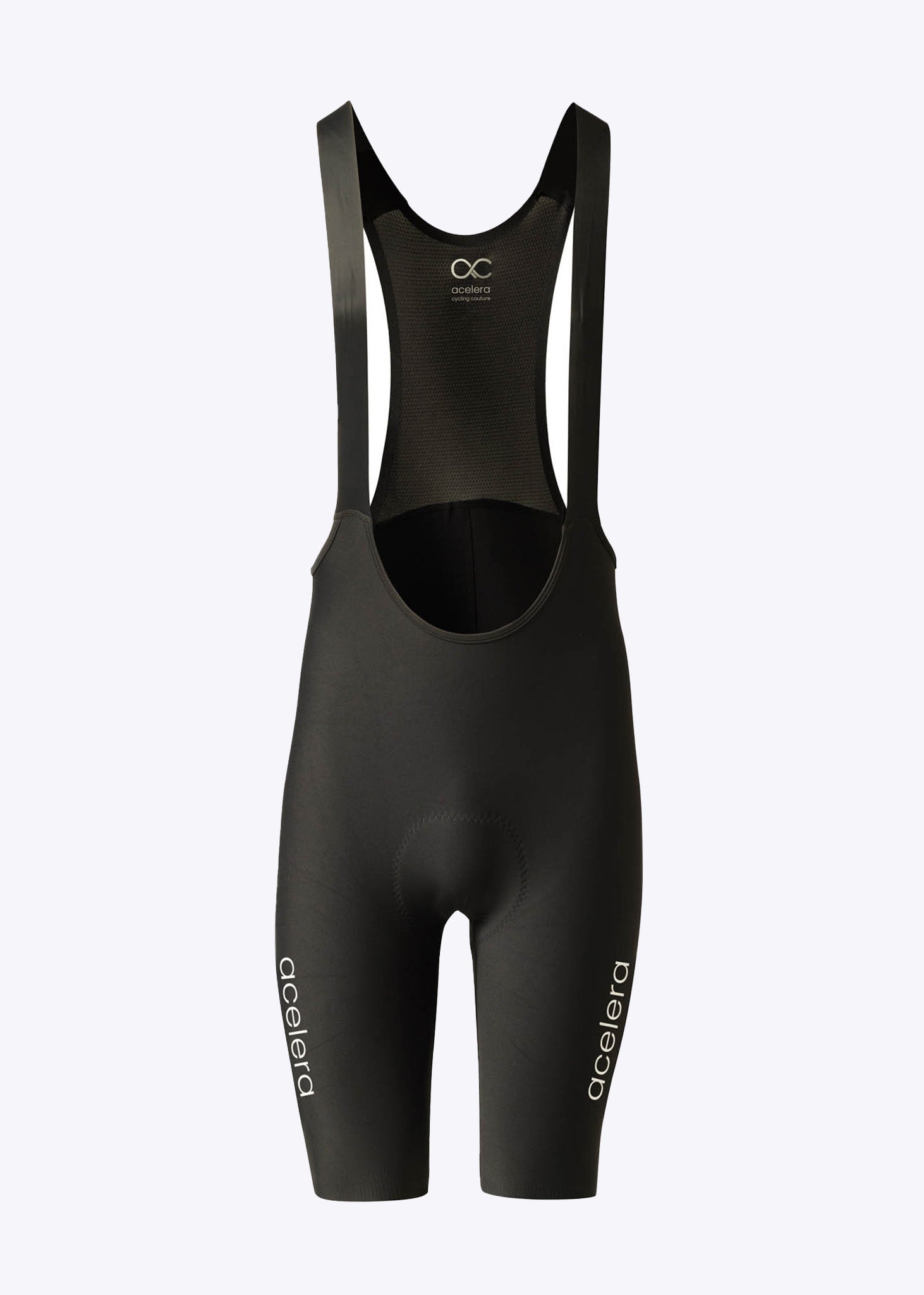

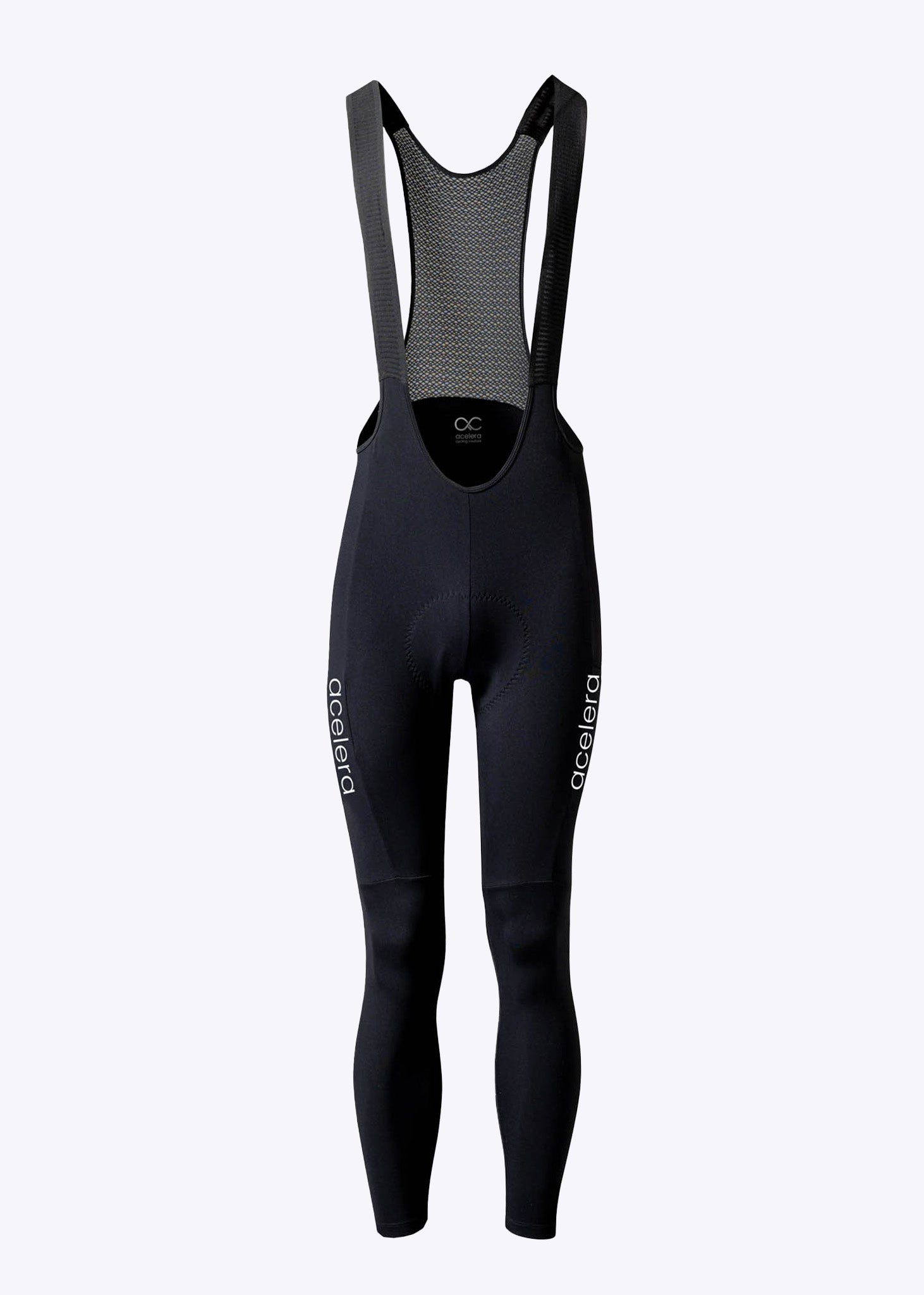
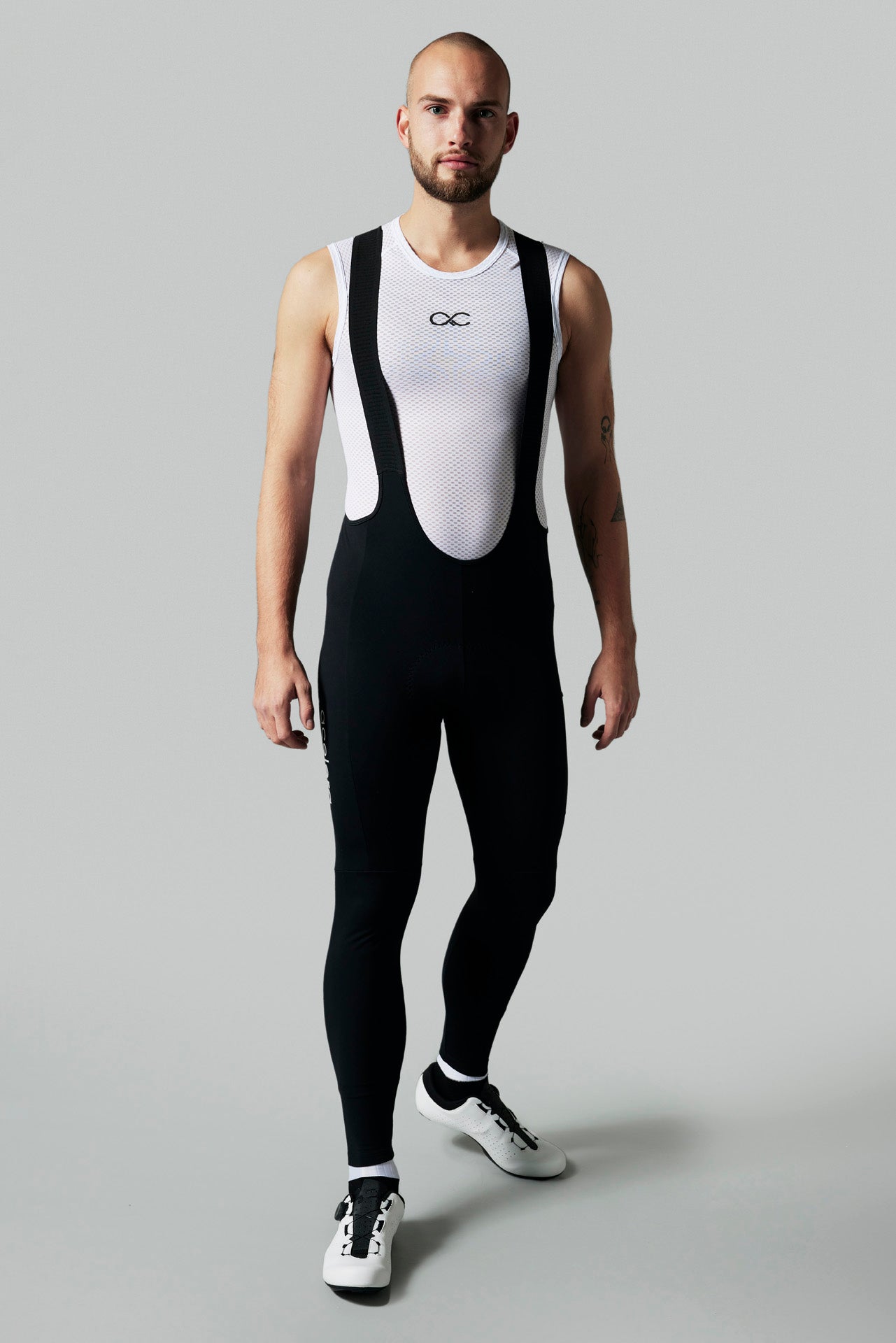


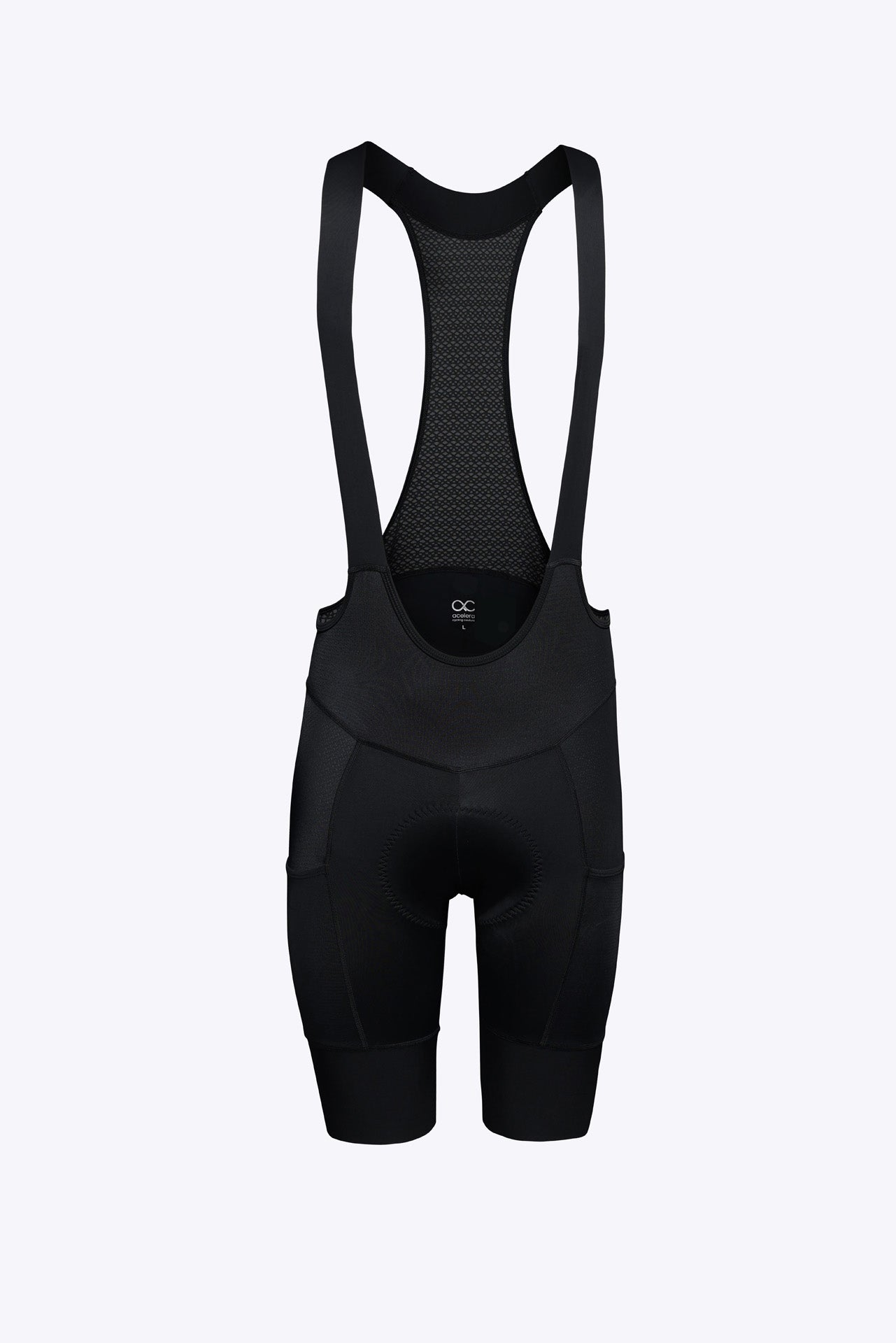
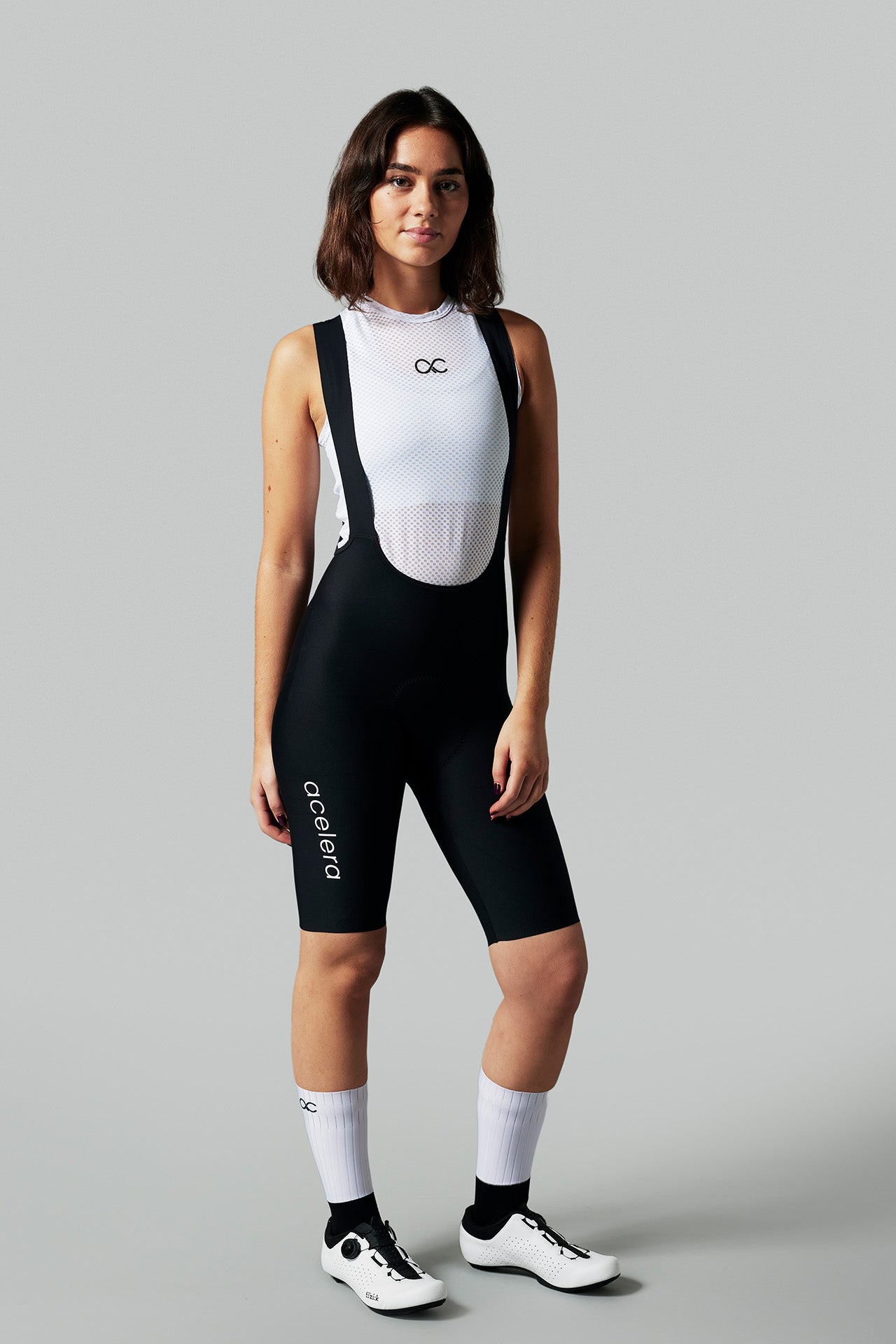
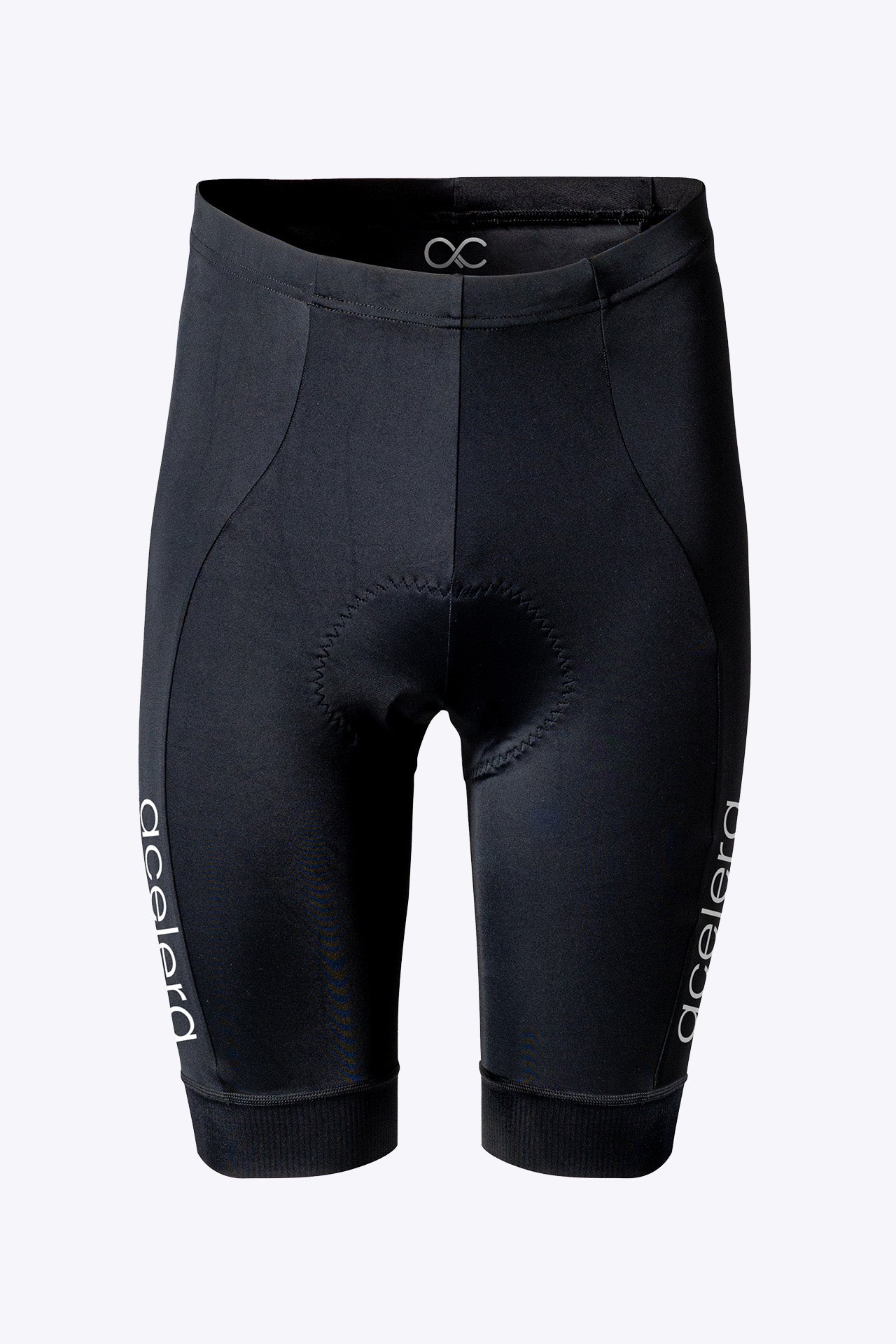

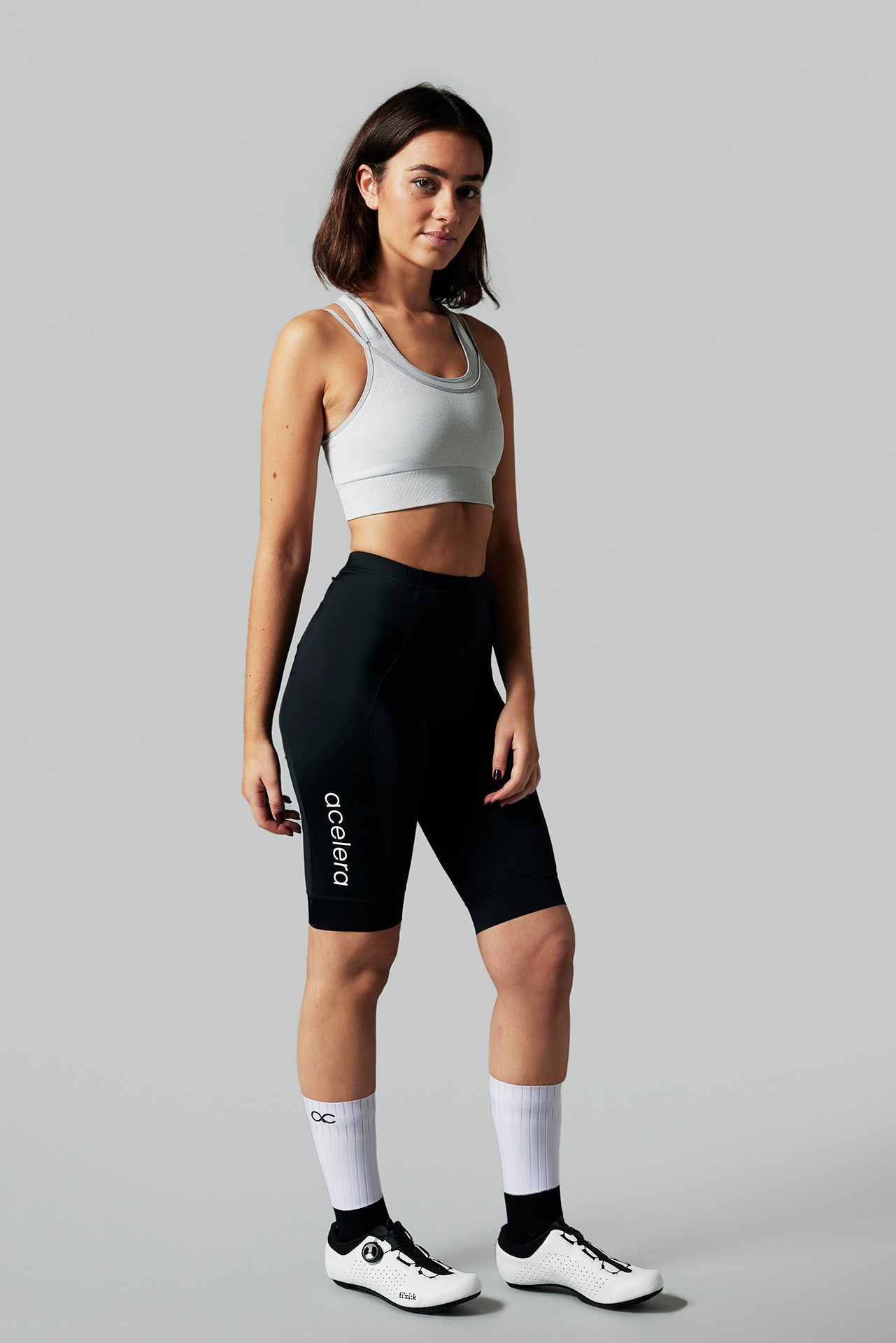
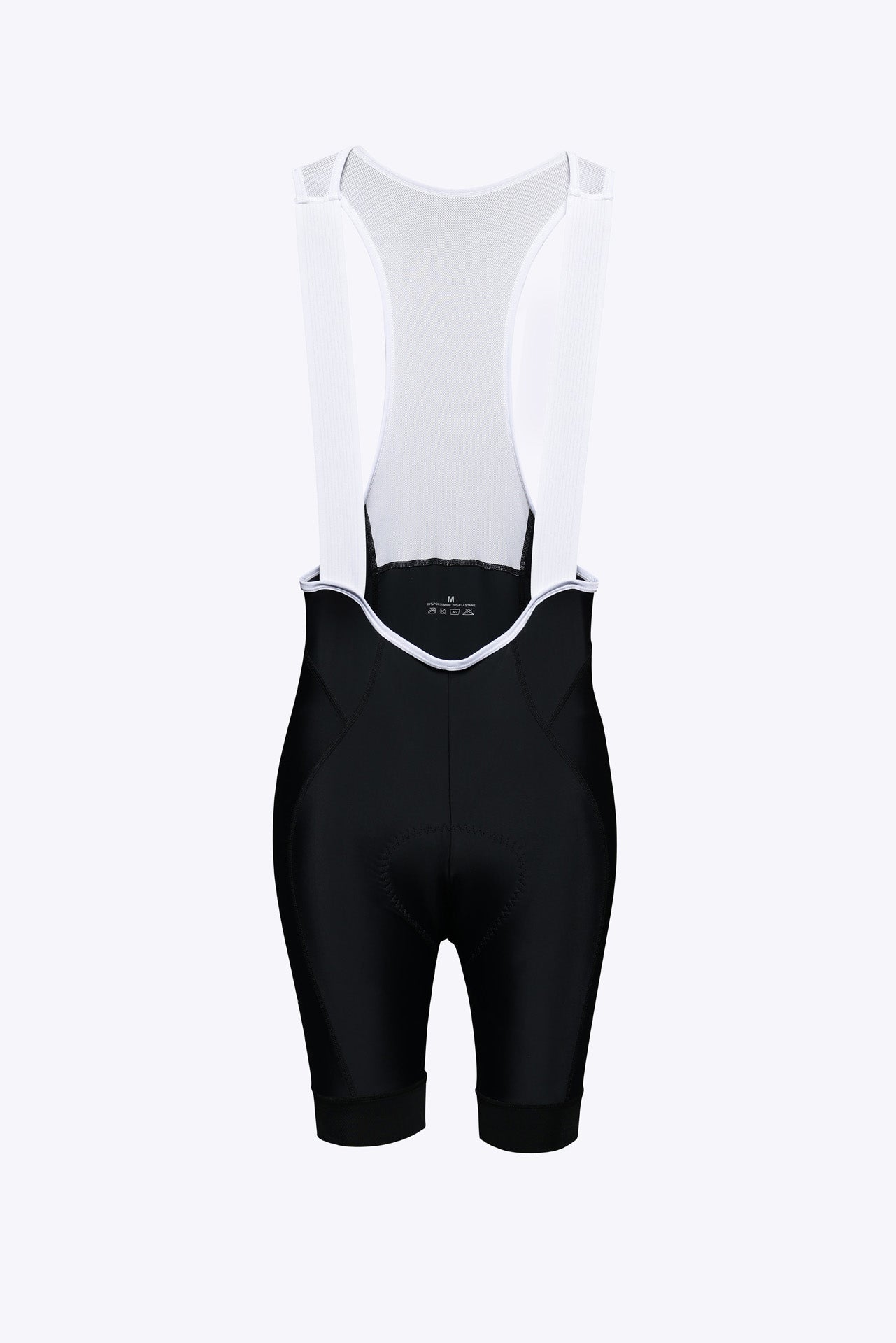



Leave a comment
This site is protected by hCaptcha and the hCaptcha Privacy Policy and Terms of Service apply.